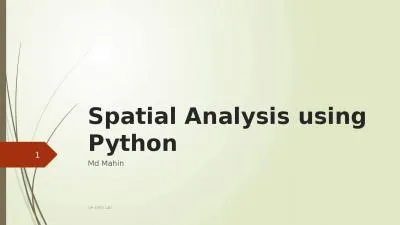PPT-1 Christoph F. Eick UH-DAIS Research Projects 8/19-8/20
Author : magdactio | Published Date : 2020-08-07
2 Spatial and Spatio temporal Data Analysis Frameworks St 2Tools for S patio t emporal Data S tory t elling Understanding US Emotions in Time and Space Intelligent
Presentation Embed Code
Download Presentation
Download Presentation The PPT/PDF document "1 Christoph F. Eick UH-DAIS Research Pr..." is the property of its rightful owner. Permission is granted to download and print the materials on this website for personal, non-commercial use only, and to display it on your personal computer provided you do not modify the materials and that you retain all copyright notices contained in the materials. By downloading content from our website, you accept the terms of this agreement.
1 Christoph F. Eick UH-DAIS Research Projects 8/19-8/20: Transcript
Download Rules Of Document
"1 Christoph F. Eick UH-DAIS Research Projects 8/19-8/20"The content belongs to its owner. You may download and print it for personal use, without modification, and keep all copyright notices. By downloading, you agree to these terms.
Related Documents

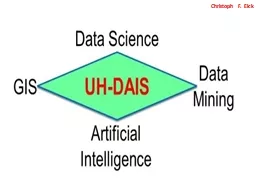
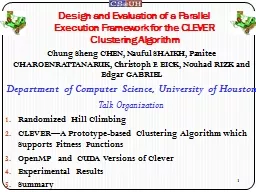
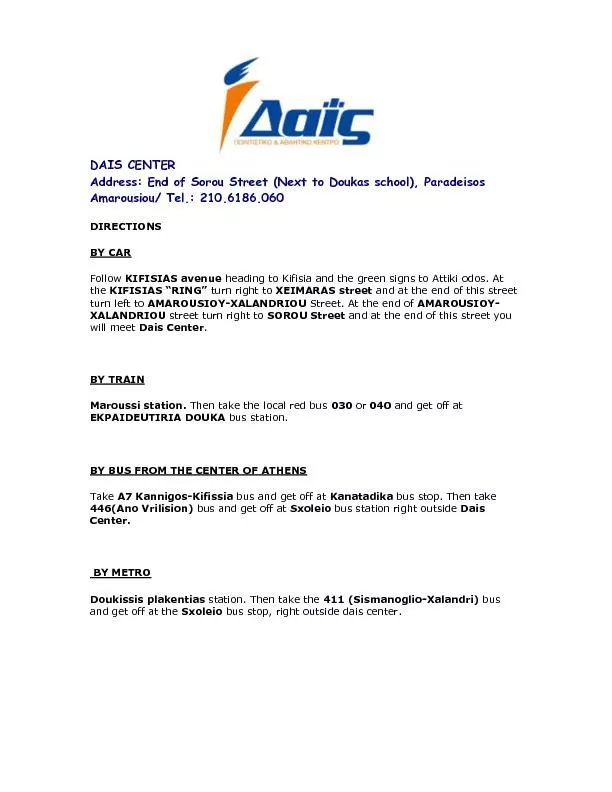

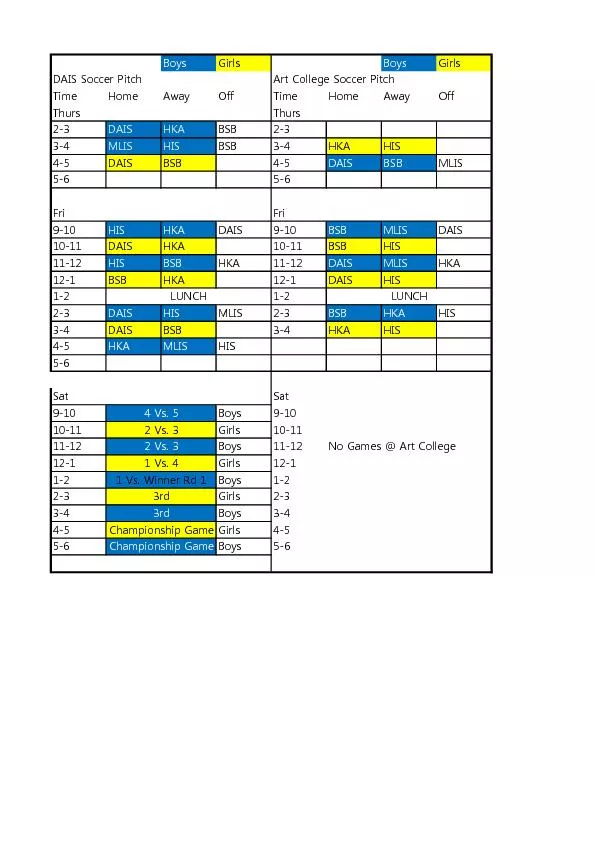
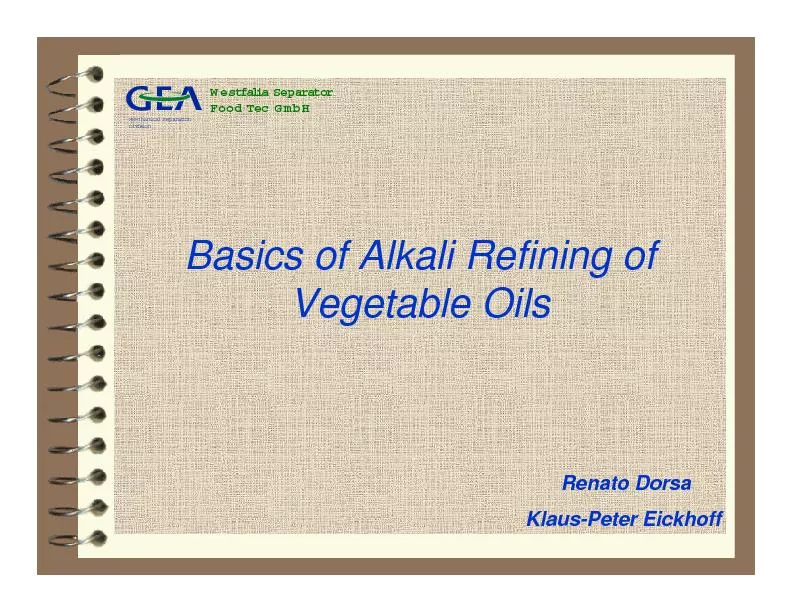

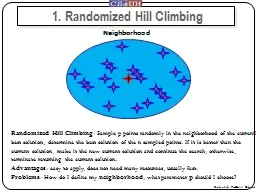

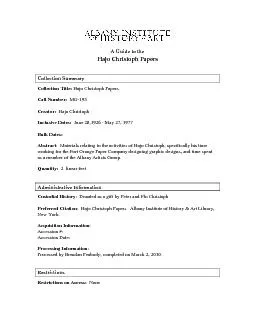
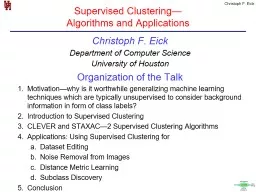
![[eBOOK]-Distributed Applications and Interoperable Systems: 8th IFIP WG 6.1 International](https://thumbs.docslides.com/971886/ebook-distributed-applications-and-interoperable-systems-8th-ifip-wg-6-1-international-conference-dais-2008-oslo-norway-june-4-6-2008-proceedings-lecture-notes-in-computer-science-5053.jpg)
![[READING BOOK]-Distributed Applications and Interoperable Systems: 8th IFIP WG 6.1 International](https://thumbs.docslides.com/992969/reading-book-distributed-applications-and-interoperable-systems-8th-ifip-wg-6-1-international-conference-dais-2008-oslo-norway-june-4-6-2008-proceedings-lecture-notes-in-computer-science-5053.jpg)
